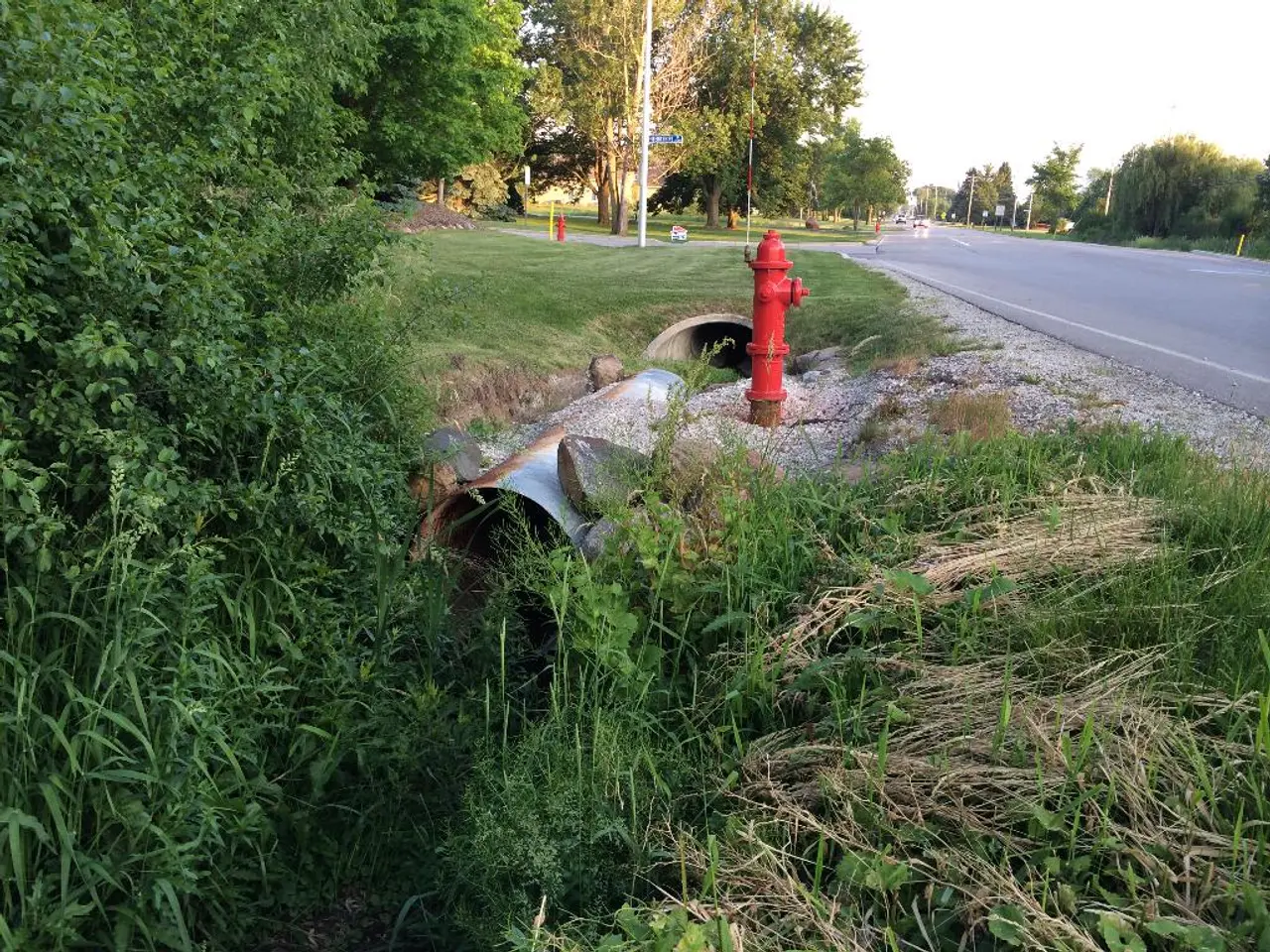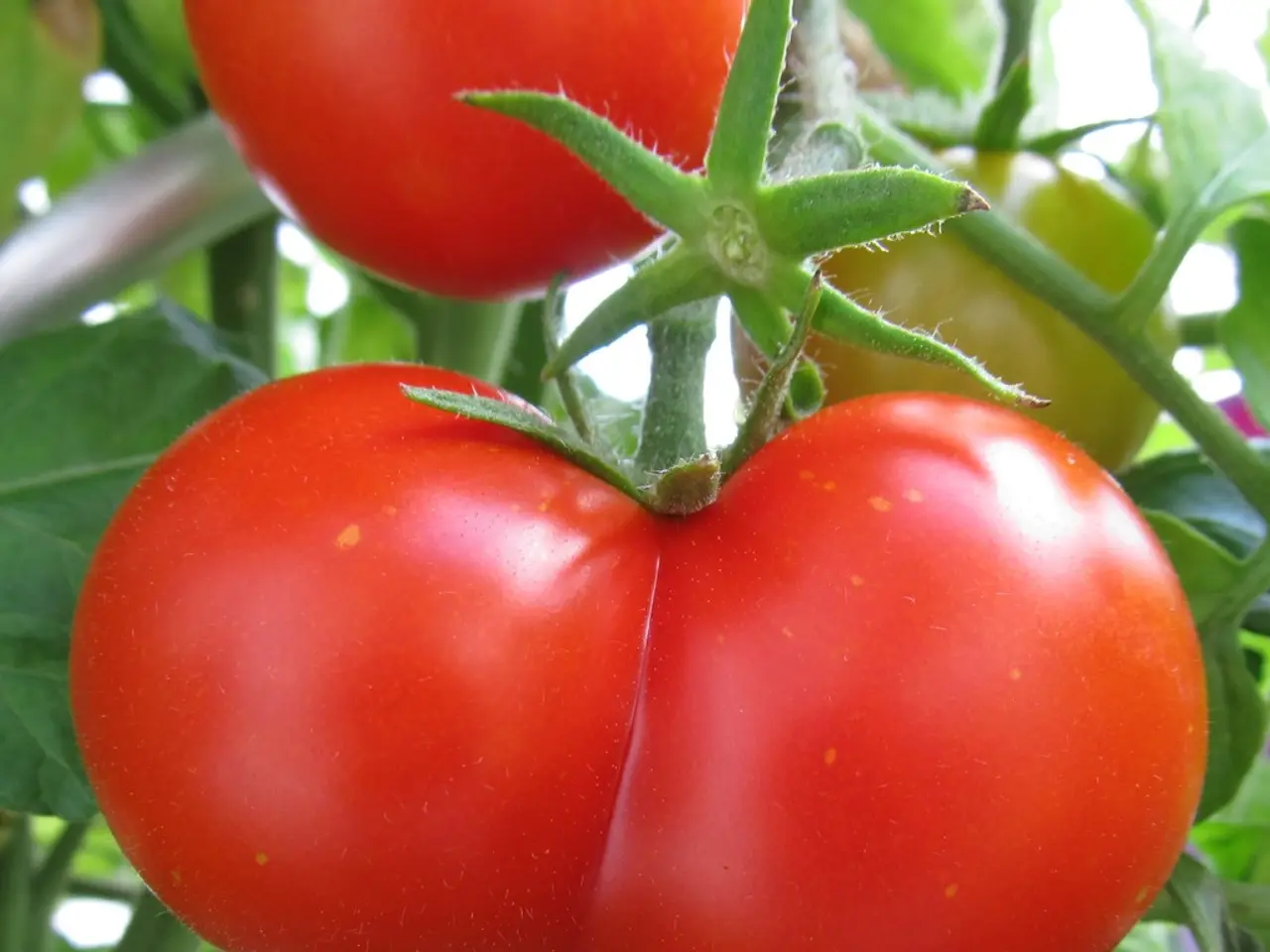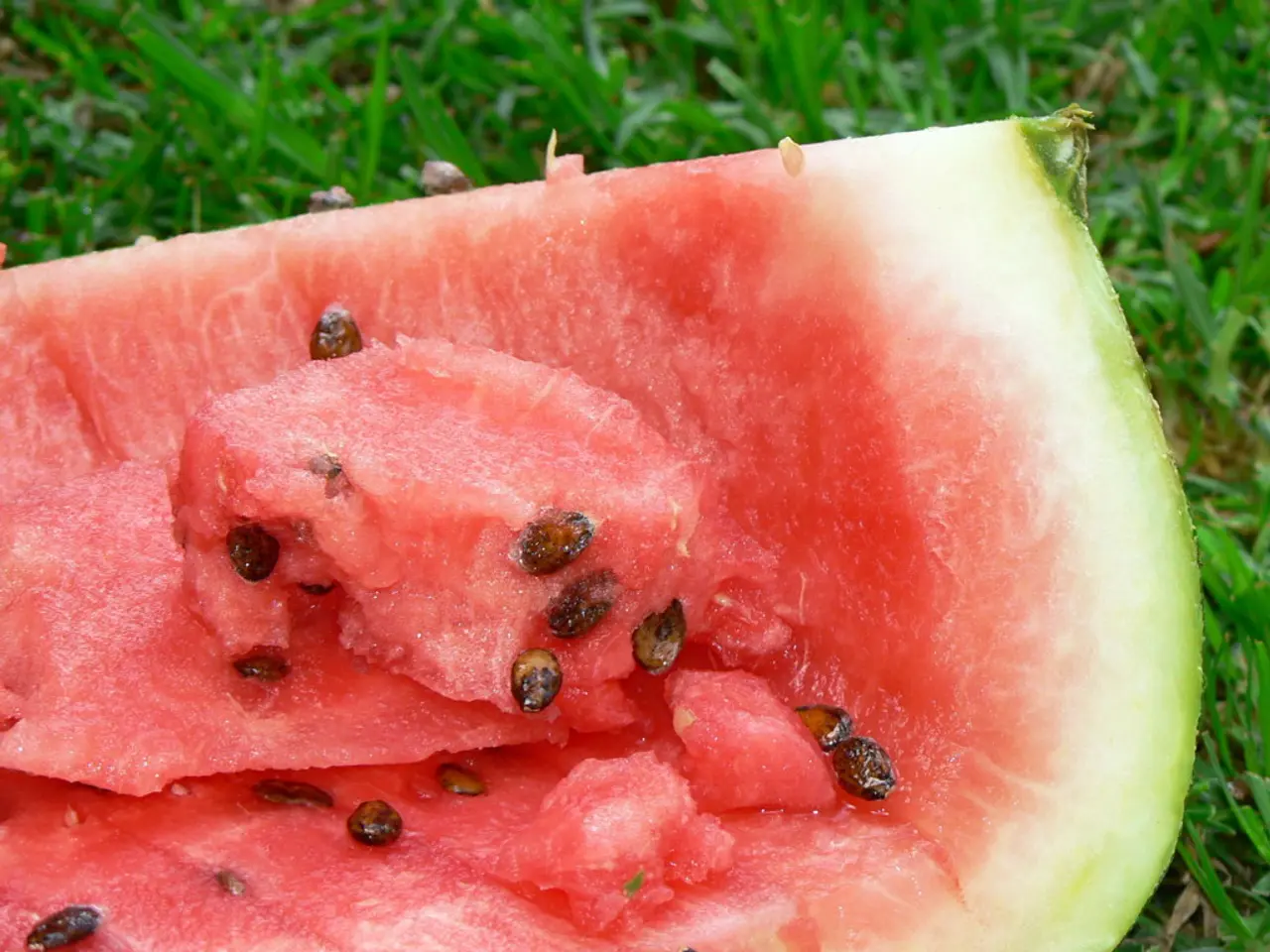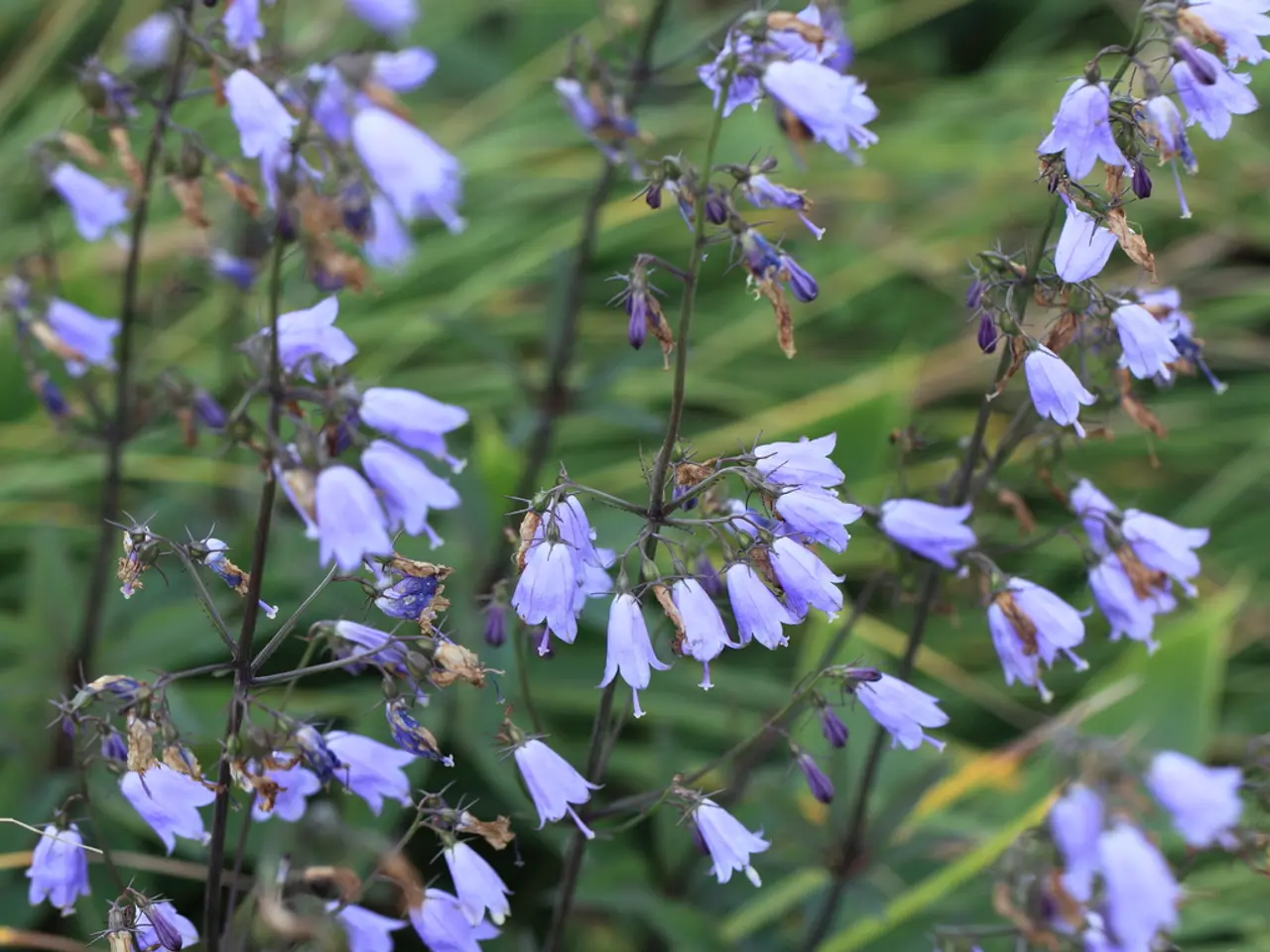Excessive Soil Moisture in Hydrangeas: Understanding the Moisture Limit
Revamped Guide to Hydrangeas: Growing the Colorful Wonder in Moist and Well-Drained Soil
Embrace the magic of hydrangeas, vibrant blooms that flourish in a variety of settings. But remember gardeners, it's crucial to understand the soil requirements for these beauties to maintain their health. Let's dive into the secrets of hydrangeas, focusing on moisture, the perfect soil type, and how to avoid dangerous soil conditions.
How to Test Soil Drainage - A Step-by-Step Guide
The first step in preparing the soil for hydrangeas is ensuring it's well-drained. To test it, dig a hole around 12 inches deep and 12 inches wide. Fill the hole with water and observe the drainage rate. In well-drained soil, the water level should drop about an inch per hour[2]. If it drains faster, you may need to add organic matter to enhance moisture retention. Conversely, if the drainage is slow, the soil may be poorly drained, and you'll need to improve it before planting hydrangeas.
Loam Soil: The Secret Loamy Recipe
Hydrangeas thrive in loam soil – a well-balanced mixture of sand, silt, and clay[3]. This combination provides superb water retention and excellent drainage, ideal for hydrangeas that prefer moist but well-drained soil. Loam soil ensures your hydrangeas receive the right amount of water without waterlogging, keeping it moist yet avoiding root rot and other harmful diseases.
Avoiding Soggy Soil: A Surefire Defense Against Root Rot
Frequently soggy soil can lead to root rot, a harmful plant disease that suffocates hydrangea roots. To prevent this, it's important to maintain moisture levels and avoid waterlogging[4]. Plant your hydrangea in a raised mound or bed if the soil is continuously soggy, or consider plants that are more tolerant of wet or boggy conditions.
Garden Gold: Tips for Potting Hydrangeas
Hydrangeas grow beautifully in pots, too. To ensure success, choose a pot with a drainage hole, use appropriate soil, maintain proper watering, provide adequate sunlight, and transplant when needed[5]. Select a pot that suits your style and is made of weatherproof materials. Use a well-draining potting mix to maintain suitable moisture levels. Monitor the soil's moisture regularly and water thoroughly.
In conclusion, Hydrangeas love moisture but loathe soggy soil. By testing your soil drainage, selecting the right soil type, and avoiding soggy soil, you'll have healthy, beautiful hydrangeas gracing your garden for years to come.
The Acid Soil Affair: A Passionate Encounter for Hydrangeas
You may want to see also
Footnotes:
[1] "Grumpy Gardener's Guide to Soildrainage" (https://Extension. missouri.edu/g4885).[2] "Landscaping Design for the Home Gardener - 3rd Edition" (https://Extension. uwm.edu/pdfs/g2062.pdf).[3] "Loam Soil: A Guide for Gardeners" (https://njaes.rutgers.edu/filename/fnru29a/Loam%20Soil.pdf).[4] "Proper Planting of Hydrangeas" (https://extension.psu.edu/proper-planting-of-hydrangeas).[5] "9 Tips for Potting Hydrangeas" (https://www.bhg.com/gardening/flowers/hydrangeas/hydrangea-potting-tips/).
Incorporating different areas of your home-and-garden into your lifestyle, consider the importance of soil types for your hydrangeas, especially selecting loam soil that ensures good water retention and drainage for these moisture-loving plants. To maintain the health of your hydrangeas, it's essential to avoid both waterlogging and excessively soggy soil.








